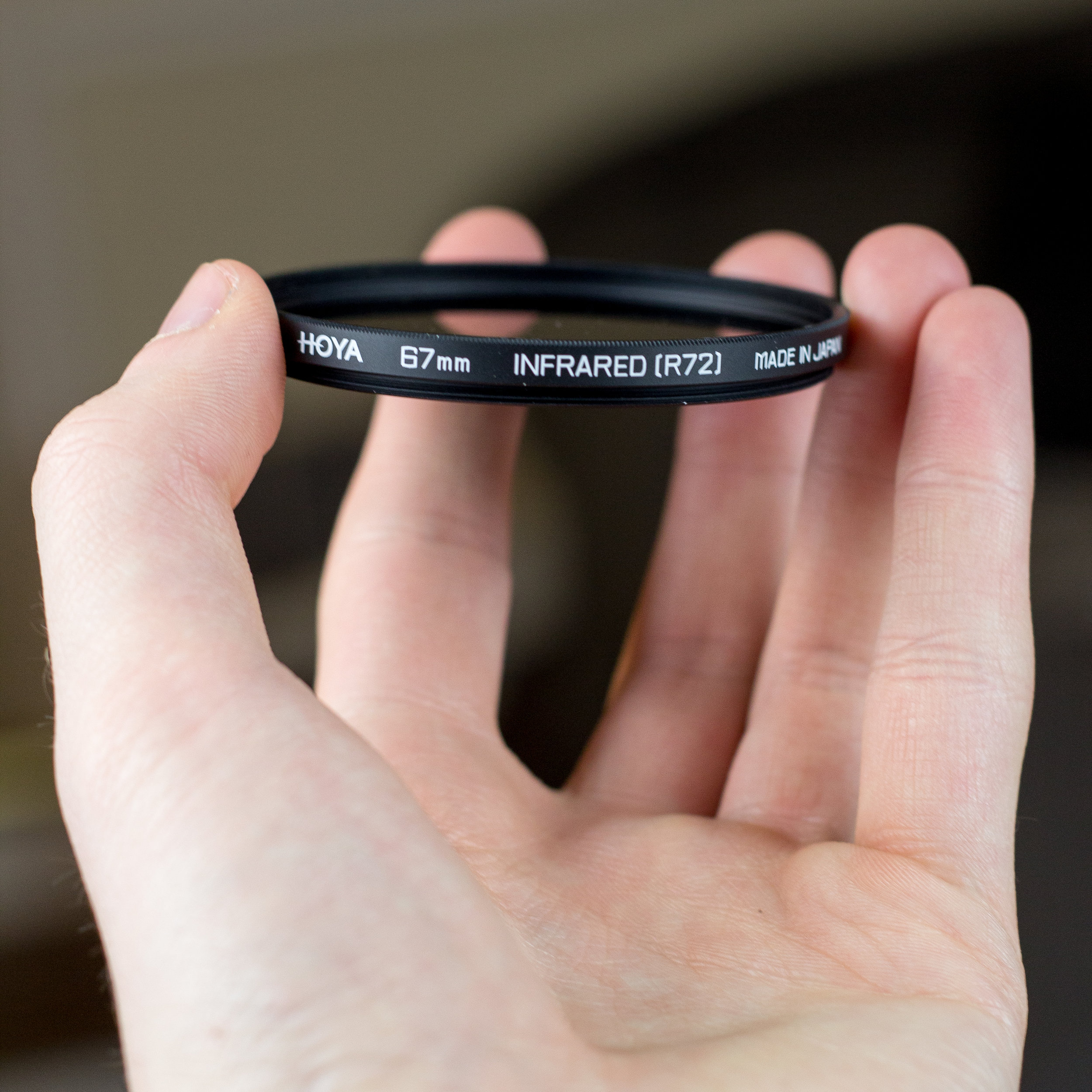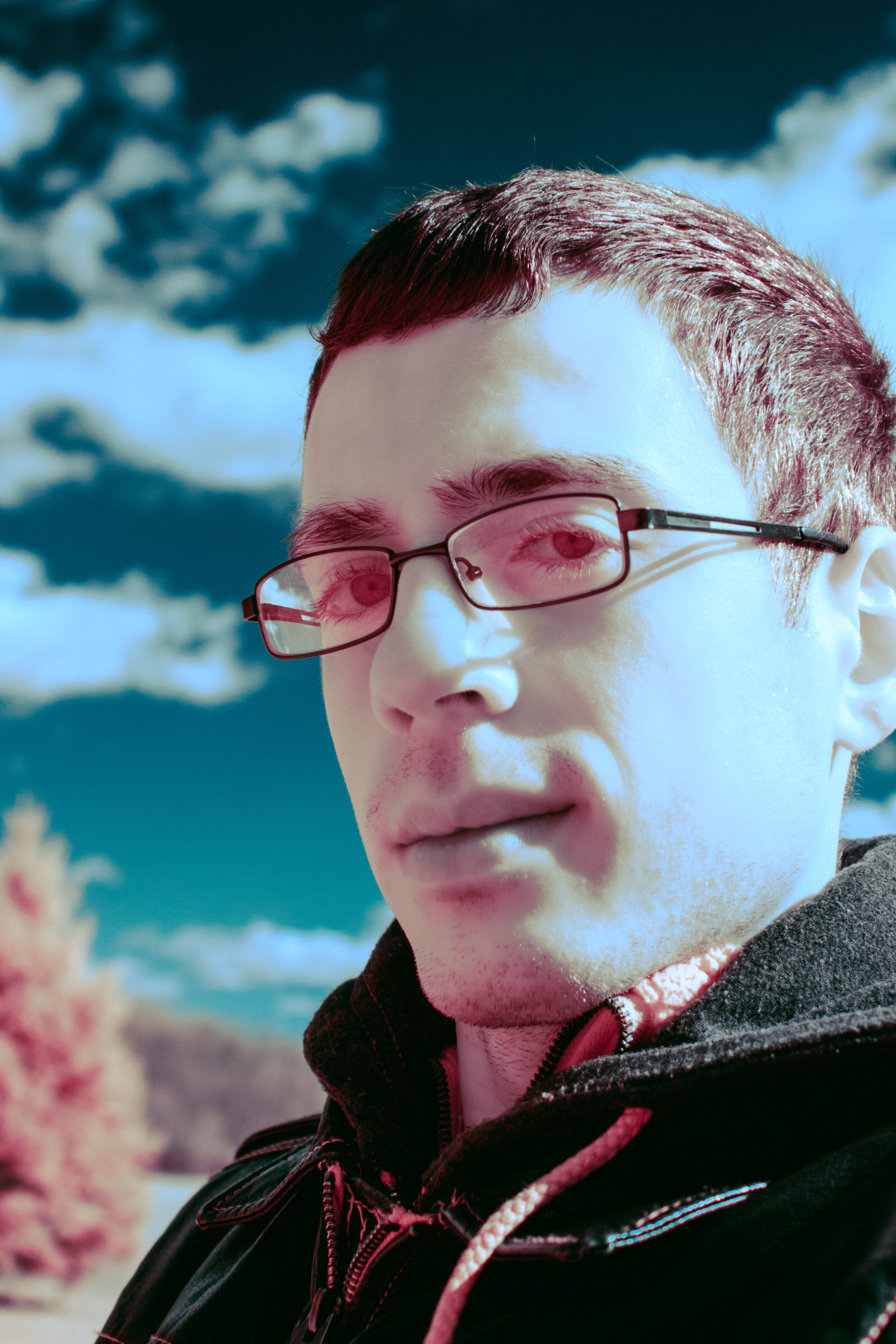After two years of experimentation with mixed results I've finally decided to bite the bullet and purchase an infrared converted camera.
I have had an obsession with infrared photography for the better part of two years now. Ever since I took my first few shots, I knew I could have a lot of fun with this new method of shooting. As I kept on practicing, my results kept getting better and better eventually resulting in images such as Dreamland. A few other examples of some IR shots can be found at the following two posts.
IR images from 7/3/15.
IR images from 7/28/15.
However, up until recently I have been severely limited in what I can achieve due to the technical aspect of shooting infrared images.
Technically these photos are not pure infrared. They are a mixture of visible light and a small amount of infrared light that exist outside the perception of the human eye. So in essence they are near infrared images. A few different methods exist to capture these types of images. Up until now I have been using a $70 Hoya Infrared Filter.
These filters are designed to be attached to standard DSLR cameras. The disadvantage with this method is that standard cameras have a filter in front of their sensors that prevent any IR light from hitting the sensor. Filters like the Hoya IR filters block out visible light and allow the IR light to reach the sensor. However getting a useable image requires a ridiculously long exposure.
This little handicap comes with its own set of problems. All of which I will explain at a later date. It is these handicaps however, that convinced me to buy a camera dedicated specifically to shooting in IR.
The other more expensive alternative to the Hoya filters is to have a camera converted to only shoot in IR. The downside to this is that you can only use that camera to shoot IR photos. However if you are serious about shooting infrared, you can never go wrong with a camera conversion.
There are a handful of ways to obtain an IR converted camera. One is to have an old camera converted by services such as LifePixel. Although LifePixel is a great service, I personally didn’t feel like going through all the unnecessary work that it requires.
Instead I decided to purchase a camera that was already converted off of eBay. I was able to find someone who sells cameras brand new with the IR conversion already applied. So rather than having to worry about all the technical details myself, I just purchased one that was already done.
The specific model I got was a Canon T5 or 1200D for those outside of North America.
I was genially surprised by the quality of the camera. It arrived in pristine condition, almost like new. Im actually pretty sure it was new and only used for testing. The battery and charger were even sealed in their packaging completely untouched. In addition to the camera a CD was included with a set of tutorial video’s and guides just incase you need help learning how to shoot infrared.
After attaching a lens, I set the camera to RAW and than I was ready to soot.
At some point in the future I intend to create an all purpose guide to shooting in infrared. So if you are looking for a tutorial, that will probably be released this summer. However today I just want to share some test shots from my first day with the camera. I am still learning the basics of how to shoot with this particular camera. As you can imagine it is very difficult to shoot photos using light that you cannot see normally. It will also take some time to perfect my post production process, but I will improve with time.
The following image is a pure unedited JPEG that was white balanced in camera. I’ve included this so you can get an idea of what I was seeing through my live view screen.
These two images are the ones I was the most proud of. I think I really nailed the post production on these ones.
The following images are to test how the IR light affects human skin. I basically just pointed the camera at myself, so I didn't expect them to turn out great. All I can say is that you can definitely get some outstanding results when photographing people. Although I need a little more practice. Just for fun I’ve included a few processed images of myself, as well as one unprocessed.
These final images are the other leftovers that are not to bad and not to good. I mainly included them to showcase the rest of my tests.
Overall I am very happy with my new camera and I cannot wait until the leaves come out in the spring. Once spring comes along I will take some fantastic IR landscapes.
I can’t wait to share more IR photos with everyone. At some point I plan on making a guide to IR photography, and it will most likely be a video. Definitely let me know what you would like to see in that.
As always I thank everyone for taking the time to read the blog. Let me know what you think of the images, and have a good day.





















